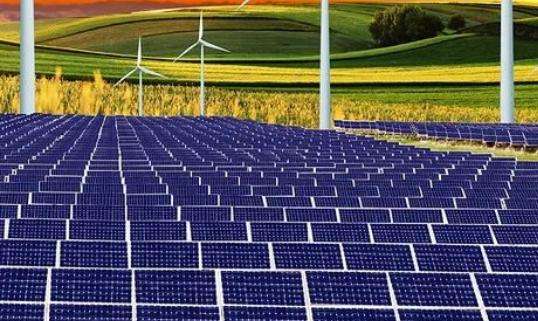On cloudy days, ultraviolet light will be significantly reduced. In the ultraviolet part, the light absorption coefficient of crystalline silicon is about an order of magnitude higher than that of amorphous silicon, while in the visible part, the absorption coefficient of amorphous silicon. silicon is better than that of crystalline silicon. Therefore, on cloudy days, thin-film solar cells can still produce electricity, but crystalline silicon cells cannot. Of course, the photovoltaic effect exists, but its ability to absorb effective carriers is a problem related to the specific structure of the solar panel. Products from different companies, and even each part will be different.
Can solar panels produce electricity on cloudy days?
The advantages and disadvantages of rooftop solar panels are:
< p>1. Advantages1. Solar energy resources can be used efficiently to generate electricity and electricity can be saved. Currently, the state provides certain subsidies for the installation of electricity generation panels. Solar power generation can allow us to use less electricity and save on our families' electricity bills.
2. Installing solar panels on the roof is relatively simple, generally speaking, it can be installed by a few workers in half a day.
2. Disadvantages
1. The investment in installing solar panels is relatively large. For some families, installation fees may be considered and will not be accepted.
2. This type of solar power generation panel is installed directly on the roof if it is exposed to wind and sun penduring a long period of time, corrosion problems may arise.
3. After all, solar panels are obtained from solar energy, so they can only be used on sunny days. However, if it is cloudy or the sunshine is not particularly sufficient, power consumption will be affected. .
4. During installation, holes must be drilled on the roof to penetrate the roof. If the subsequent installation is unreasonable, the roof will leak.
The principle of solar panels
A solar cell is a device that responds to light and can convert light energy into electricity, producing an effect photovoltaic. many kinds of materials, such as: monocrystalline silicon, polycrystalline silicon, amorphous silicon, gallium arsenide, copper selenium indium, etc. Their principles of energy production are basically the same. From now on, the sCrystalline silicon is used as an example to describe the photovoltaic power production process. Crystalline P-type silicon is doped with phosphorus to obtain N-type silicon, forming a PN junction.
When light irradiates the surface of the solar cell, part of the photons are absorbed by the silicon material; the energy of the photons is transferred to the silicon atoms, causing the electrons to transition and become free electrons. accumulate on both sides of the PN junction to form a potential difference. When an external circuit is connected, under the action of this voltage, a current will flow through the external circuit to produce a certain output power. The essence of this process is the process of converting photon energy into electrical energy.
Can
Can produce electricity, but solar energy can only be used duringabout 8 hours if fully charged, and it will last for several days. Rainy weather is not satisfactory for use. Because the temperature of solar energy is determined by climatic conditions. In summer, when the weather conditions are good, the sun.The usable effect is also better in winter, due to bad weather conditions, the effect will be worse.














